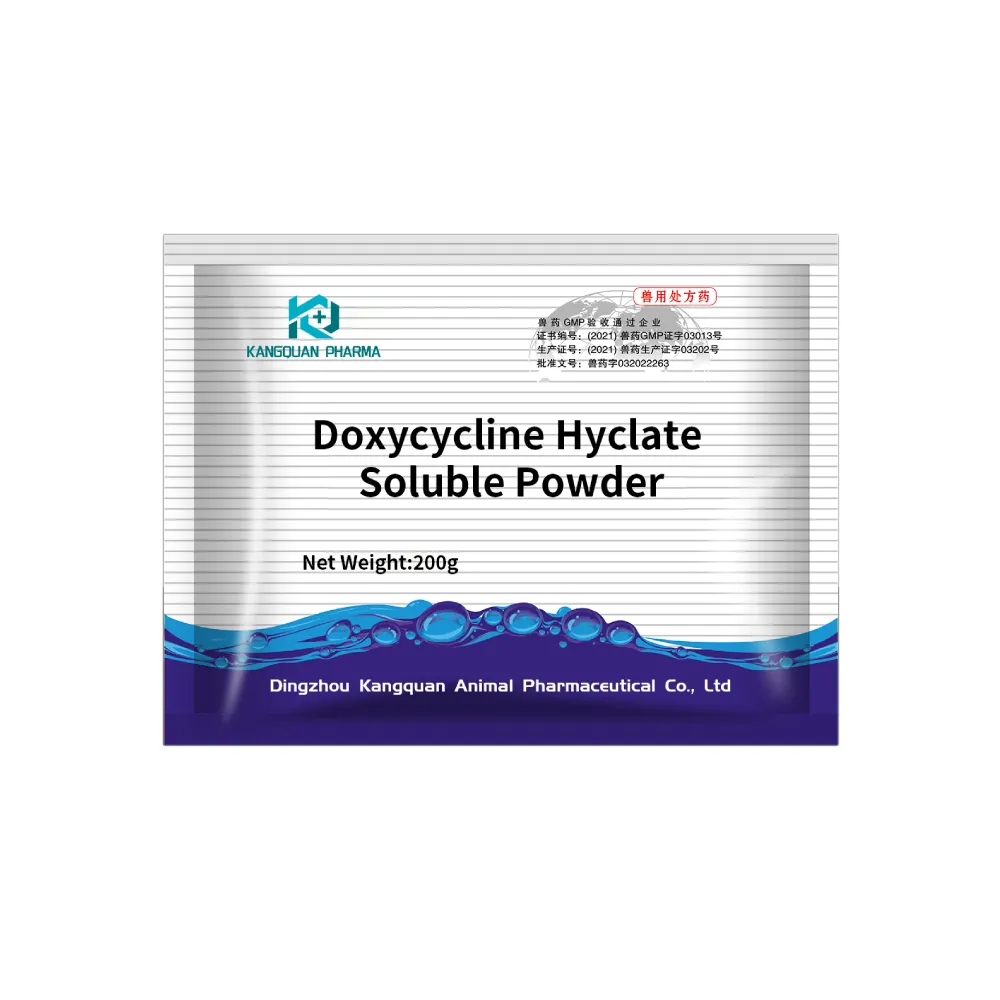- Afrikaans
- Albanian
- Amharic
- Arabic
- Armenian
- Azerbaijani
- Basque
- Belarusian
- Bengali
- Bosnian
- Bulgarian
- Catalan
- Cebuano
- Corsican
- Croatian
- Czech
- Danish
- Dutch
- English
- Esperanto
- Estonian
- Finnish
- French
- Frisian
- Galician
- Georgian
- German
- Greek
- Gujarati
- Haitian Creole
- hausa
- hawaiian
- Hebrew
- Hindi
- Miao
- Hungarian
- Icelandic
- igbo
- Indonesian
- irish
- Italian
- Japanese
- Javanese
- Kannada
- kazakh
- Khmer
- Rwandese
- Korean
- Kurdish
- Kyrgyz
- Lao
- Latin
- Latvian
- Lithuanian
- Luxembourgish
- Macedonian
- Malgashi
- Malay
- Malayalam
- Maltese
- Maori
- Marathi
- Mongolian
- Myanmar
- Nepali
- Norwegian
- Norwegian
- Occitan
- Pashto
- Persian
- Polish
- Portuguese
- Punjabi
- Romanian
- Russian
- Samoan
- Scottish Gaelic
- Serbian
- Sesotho
- Shona
- Sindhi
- Sinhala
- Slovak
- Slovenian
- Somali
- Spanish
- Sundanese
- Swahili
- Swedish
- Tagalog
- Tajik
- Tamil
- Tatar
- Telugu
- Thai
- Turkish
- Turkmen
- Ukrainian
- Urdu
- Uighur
- Uzbek
- Vietnamese
- Welsh
- Bantu
- Yiddish
- Yoruba
- Zulu
ທ.ວ. . 03, 2024 18:43 Back to list
Determining the Correct Dosage of Injectable Ivermectin for Goats
Understanding Ivermectin Dosage for Goats A Guide for Animal Care
Ivermectin is a widely used antiparasitic medication that plays a crucial role in maintaining the health of goats. This medication is particularly effective against a variety of internal and external parasites, including worms, mites, and lice. When treating goats, it is essential to administer the correct dosage of ivermectin to ensure optimal health and minimize the risk of toxicity.
Determining the Proper Dosage
The recommended dosage of ivermectin for goats typically falls between 200 to 300 micrograms per kilogram (mcg/kg) of body weight. In many cases, veterinarians recommend administering the medication based on the specific needs of the animal, taking into account factors such as age, weight, and overall health status. For injectable formulations, the dosage often corresponds to the concentration of the active ingredient in the product.
For example, if you have an ivermectin injectable solution that contains 1% (10 mg/ml) of the active ingredient, the calculation for administering the correct dose would be as follows
1. Weighing the Goat Start by accurately weighing your goat. Knowing their body weight is critical for calculating the correct dosage of ivermectin.
2. Calculating the Dose Once you have the weight, you can apply the formula \[ \text{Dose (mg)} = \text{Weight (kg)} \times \text{Dosage (mcg/kg)} \times 0.001 \] For instance, if your goat weighs 50 kg and you decide on a dosage of 300 mcg/kg, the calculation would be \[ \text{Dose (mg)} = 50 \text{ kg} \times 300 \text{ mcg/kg} \times 0.001 = 15 \text{ mg} \] Since the injective solution is 10 mg/ml, you would need to administer 1.5 ml of ivermectin to the goat (15 mg ÷ 10 mg/ml).
Administering Ivermectin Properly
how much ivermectin injectable to give a goat

Administering the injectable ivermectin correctly is vital for effective treatment. It is generally given subcutaneously (under the skin), although some formulations can also be administered intramuscularly (into the muscle). When giving an injection, follow these best practices
1. Preparation Ensure the injection site is clean to reduce the risk of infection. You can use an alcohol swab to clean the area.
2. Injection Technique Use a properly sized needle (generally 18-20 gauge for goats) and inject the solution slowly to minimize discomfort.
3. Post-Injection Care Observe the goat after administration for any adverse reactions, such as swelling at the injection site or signs of an allergic reaction.
Consulting a Veterinarian
While ivermectin can be an effective treatment for parasites, it is always best to consult a veterinarian before beginning any treatment regimen. They can provide tailored advice based on your goats' specific needs and conditions. Additionally, an underdosing or overdosing may result in treatment failure or toxicity, respectively, making professional guidance essential.
Conclusion
In summary, understanding how much ivermectin injectable to give a goat is vital for their health and well-being. By carefully calculating the dosage based on the goat's weight and the specific formulation of ivermectin, you can effectively treat for parasites. Always prioritize consulting with a veterinarian to ensure that your approach is both safe and effective, contributing to the overall health of your goats. Remember that maintaining a regular deworming schedule and monitoring for parasites will help keep your herd healthy and thriving.
-
Guide to Oxytetracycline Injection
NewsMar.27,2025
-
Guide to Colistin Sulphate
NewsMar.27,2025
-
Gentamicin Sulfate: Uses, Price, And Key Information
NewsMar.27,2025
-
Enrofloxacin Injection: Uses, Price, And Supplier Information
NewsMar.27,2025
-
Dexamethasone Sodium Phosphate Injection: Uses, Price, And Key Information
NewsMar.27,2025
-
Albendazole Tablet: Uses, Dosage, Cost, And Key Information
NewsMar.27,2025













